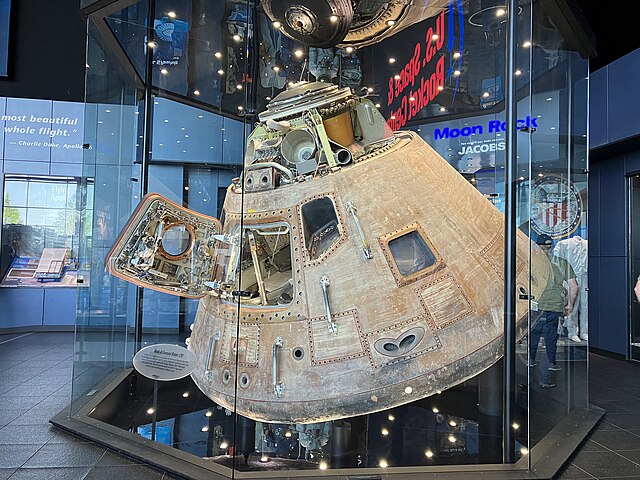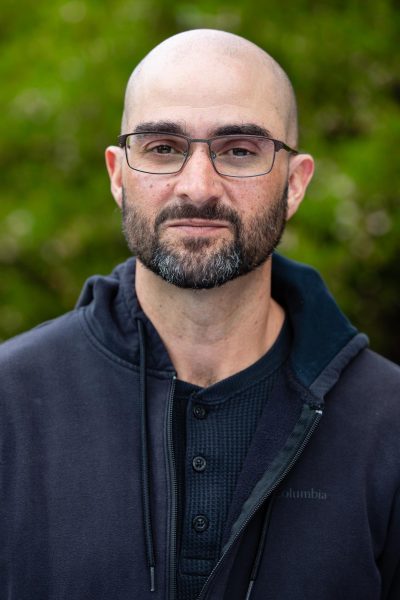To infinity and beyond. No, it’s not Buzz Lightyear – it’s NASA’s student launch challenge, which tasks teams from across the U.S. with designing, building, and launching a high-powered rocket.
The 25th annual edition of NASA’s launch challenge will start in April 2025, and CCC’s own STEM department has been accepted as a participant. NASA has chosen 71 teams ranging from universities, colleges, high schools, and even junior high schools to compete in the NASA launch challenge. CCC is one of only two community colleges chosen to compete, and the only one from California.
This will also mark the first time that CCC will be part of the competition, which has been happening for 25 years. CCC’s participation is thanks to professor Chao Liu and the team of seven CCC students who successfully submitted a preliminary design to NASA. Professor Liu shared with The Advocate about CCC’s participation in this exciting challenge.
“When I received an email about the challenge, I asked the students in the MESA (math/engineering/science achievement) program if they were interested and the answer was yes, very interested,” Liu said.
NASA’s goal with this engineering challenge is “to provide resources and experiences for students and faculty” according to NASA’s website. The launch challenge will require the teams to pass four stages of review, and each stage has a milestone that must be met before teams can advance. NASA also notes on its site that this challenge is “built around a NASA mission, not textbook knowledge”, and the “2025 challenge will take inspiration from the Artemis missions which seek to land the first woman and first person of color on the Moon.”
CCC’s team will have to meet specific payload requirements, as well as design a capsule that will hold ‘STEMnauts’ (non-living objects representing astronauts). The team will also be tasked with relaying real-time data to mission control in a close simulation of what the actual Artemis 3 crew will experience when attempting the next moon landing scheduled for 2026. According to Liu, CCC’s team “will measure battery check, time of landing, max velocity and landing velocity in the payload.”
Ultimately NASA is hoping to promote careers, and provide experience in the crucially important STEM workforce, which lines up with Liu’s goal.
“The interesting thing about this challenge is it’s owned by the students,” Liu said. “The students do all the work and I just provide guidance.”
Liu and students from the MESA program are no strangers to launching rockets, as they have launched two different rockets in the past, from multiple sites on CCC’s campus, including one on our soccer field. This time, Liu and the NASA student launch challenge team will be put to the test, as they will engage in the grueling nine-month-long competition that will culminate in on-site participation with NASA personnel next May at Bragg Farms in Toney, Alabama. That is only minutes north of NASA’s famous Marshall Space Flight Center, where some of the earliest Saturn rockets were designed and launched by defected Nazi, Werhner Von Braun and his team.
Liu’s background may help him to guide the CCC launch challenge team. He has a Ph.D. in mechanical engineering and also served as a professor of engineering in the military academy as a member of the Taiwanese army. This should help meet NASA’s rigorous guidelines that must be followed with exacting precision. The team that meets those guidelines may receive one of several awards, like the coveted Altitude Award.
Liu and the team are looking forward to the challenge, he said. “Our goal is to compete for an award but the most important part is the experience, students are getting real engineering experience.”



